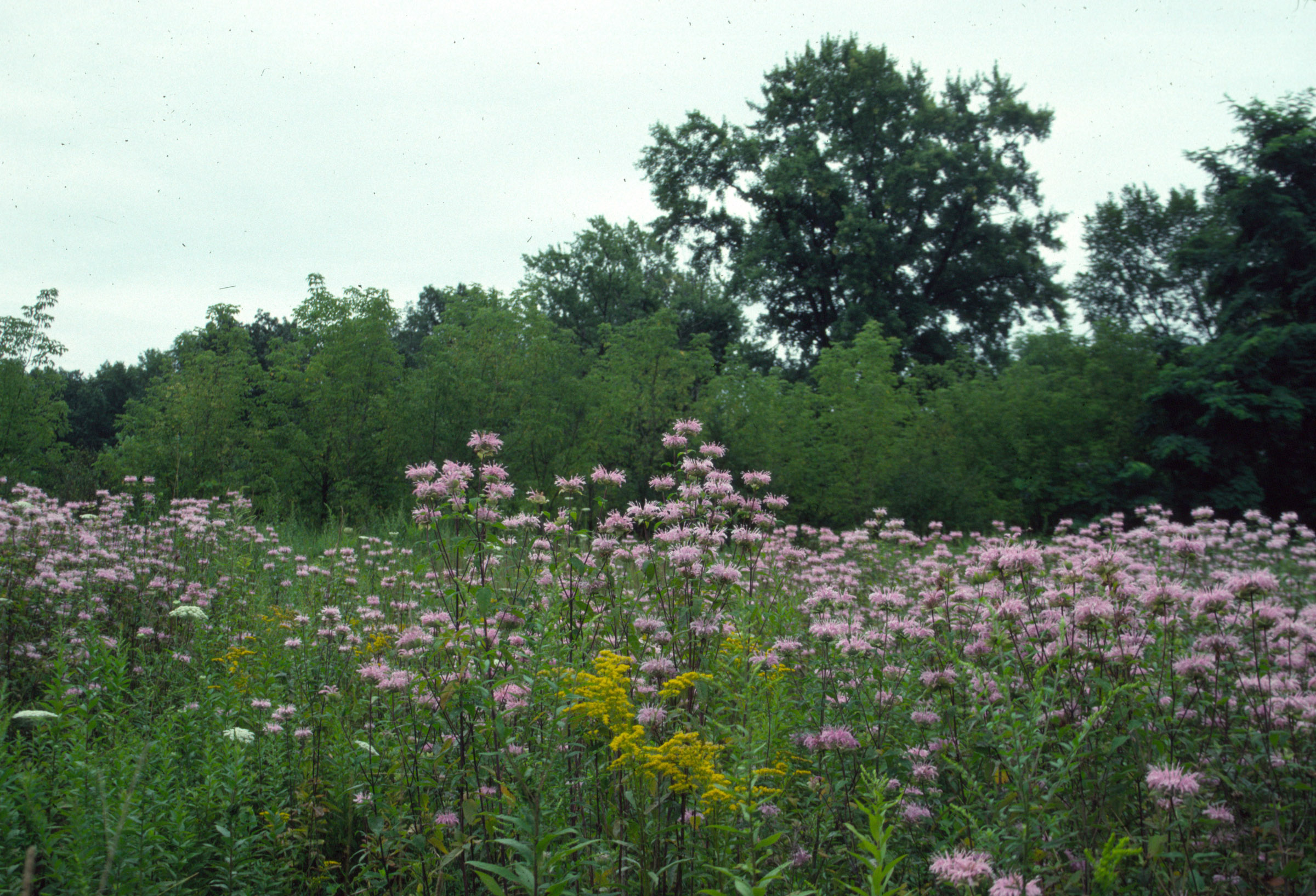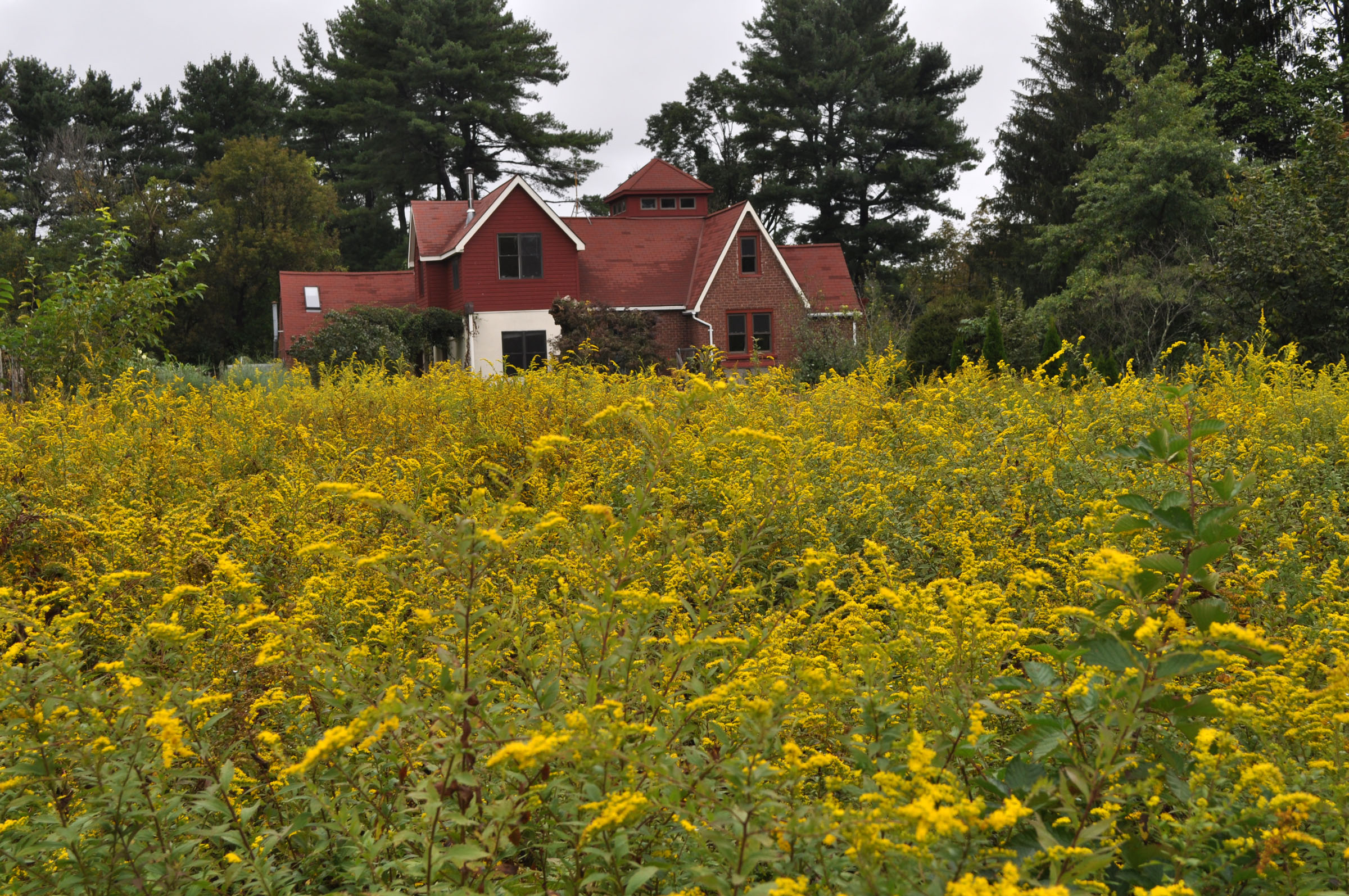A WILD AND CULTIVATED BALM
/1 Comment/in Flowers/by Lee ReichTaming a Wild One
Bee-balm is one of those plants I once long admired in the wild and contemplated planting in my garden. Especially in midsummer when these flowers brighten the dappled shade of woodland borders and paint meadows with their pale lavender heads, perched high atop four-foot stems.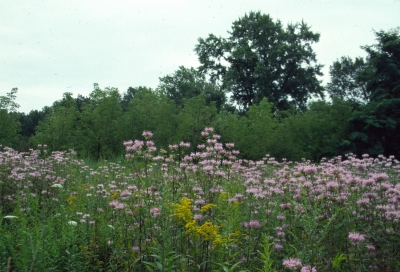
The plants’ desire to spread put me off planting them. Not that they’re an invasive plant in the general sense, but in a well managed garden they do require regular attention. Read more
THE VERY BEST TOMATOES
/4 Comments/in Vegetables/by Lee ReichVariety. Variety
If I’ve said it once, I’ve said it a thousand times, “Home grown tomatoes are NOT the best tasting ones.” Not necessarily, at least.
No, I’m not advocating tossing in your trowel and doing your tomato harvesting into a shopping cart. What I am saying is that choosing the best variety is all important to being able to bite into into the best tasting tomato. Grow an Early Girl tomato to perfection, harvest it at its peak of flavor, then take a bite out of it, and you’ll taste a good tomato. But not — in my opinion — a great tomato.
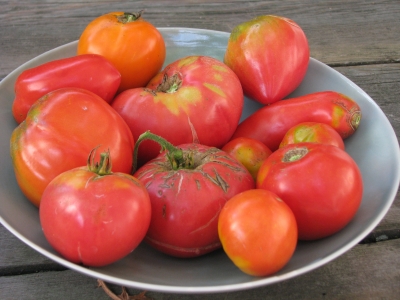
Heirloom tomatoes on plate
A tomato that has been handled carefully keeps pretty well for a couple of days, so you could actually purchase a great tasting tomato from a store or farm stand. But only if — I’ll say it again — that tomato is a great tasting variety. Read more
EASIER MEADOW PREP
/6 Comments/in Design, Flowers, Planning/by Lee ReichGenesis
In my previous blog post, I described various ways to prepare the ground for a meadow. With that said, I admit to not following any of what I wrote about ground preparation for the meadow here on the farmden. Not that my instructions were wrong. As the old Chinese proverb goes, “There are many paths to the top of the mountain, but the view is always the same.” Meadows also.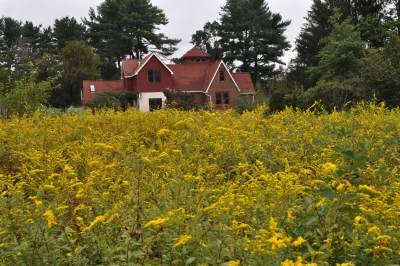
Last week’s meadow prep is geared to the meadow steward who wants to be presented with a riot of color for as long as possible. That view necessitates the killing of existing vegetation and sowing seeds or setting out small plants of desired species.
My own meadow began life under the ownership of my elderly neighbor who, with two riding lawnmowers helmed by her granddaughter Read more

